|
Your search criteria found 817 images Collection Type |
| My List |
Addition Date |
Target
|
Mission | Instrument | Size |

|
2015-12-18 | Pluto |
New Horizons |
MVIC |
1042x1024x1 |
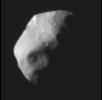
|
|||||

|
2015-12-31 | Pluto |
New Horizons |
LORRI |
1024x1024x3 |
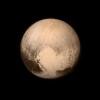
|
|||||

|
2015-12-31 | Pluto |
New Horizons |
LORRI |
1920x1080x3 |
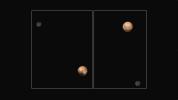
|
|||||

|
2015-12-31 | Pluto |
New Horizons |
LORRI |
1749x707x3 |
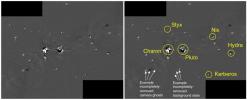
|
|||||

|
2016-01-08 | Pluto |
New Horizons |
LORRI |
664x3800x1 |
|
|
|||||

|
2016-01-14 | Pluto |
New Horizons |
LORRI MVIC |
2939x1659x3 |
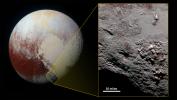
|
|||||

|
2016-01-14 | Pluto |
New Horizons |
LORRI MVIC |
1600x900x3 |
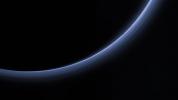
|
|||||

|
2016-01-29 | Pluto |
New Horizons |
LEISA |
841x473x3 |
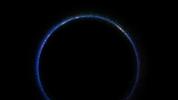
|
|||||

|
2016-01-29 | Pluto |
New Horizons |
LEISA |
2700x1350x3 |
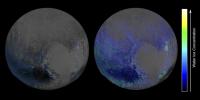
|
|||||

|
2016-01-29 | Pluto |
New Horizons |
LORRI |
-1x-1x3 |
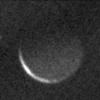
|
|||||

|
2016-02-04 | Pluto |
New Horizons |
MVIC |
3600x2160x3 |
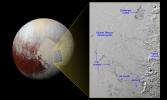
|
|||||

|
2016-02-11 | Pluto |
New Horizons |
LORRI |
5485x3185x3 |

|
|||||

|
2016-02-11 | Pluto |
New Horizons |
LORRI |
5616x3384x3 |

|
|||||

|
2016-02-27 | Pluto |
New Horizons |
MVIC |
3477x2143x3 |
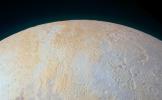
|
|||||

|
2016-03-03 | Pluto |
New Horizons |
MVIC |
2000x1042x3 |
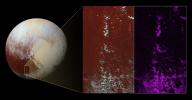
|
|||||

|
2016-03-10 | Pluto |
New Horizons |
LEISA |
2400x970x3 |
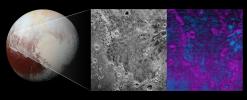
|
|||||

|
2016-03-17 | Pluto |
New Horizons |
LORRI MVIC |
2042x1006x3 |
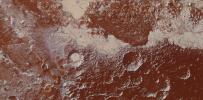
|
|||||

|
2016-03-17 | Pluto |
New Horizons |
LORRI MVIC |
2100x1563x1 |
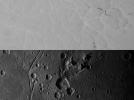
|
|||||

|
2016-03-17 | Pluto |
New Horizons |
MVIC |
2288x1081x3 |

|
|||||

|
2016-03-24 | Pluto |
New Horizons |
LORRI |
344x348x1 |

|
|||||

|
2016-03-31 | Pluto |
New Horizons |
LORRI MVIC |
855x582x3 |
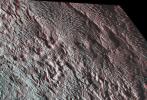
|
|||||

|
2016-03-31 | Pluto |
New Horizons |
LORRI MVIC |
822x805x3 |
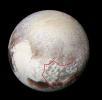
|
|||||

|
2016-04-11 | Pluto |
New Horizons |
MVIC |
685x1446x3 |
|
|
|||||

|
2016-04-21 | Pluto |
New Horizons |
LORRI |
2523x3368x3 |

|
|||||

|
2016-05-02 | Pluto |
New Horizons |
LORRI |
1403x1555x3 |

|
|||||

|
2016-05-02 | Pluto |
New Horizons |
LORRI |
2400x1200x1 |
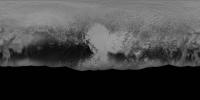
|
|||||

|
2016-05-18 | Pluto |
New Horizons |
LORRI |
1024x768x3 |
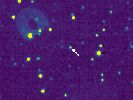
|
|||||

|
2016-05-18 | Pluto |
New Horizons |
Alice UVS |
1368x720x3 |
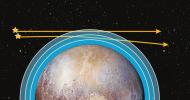
|
|||||

|
2016-05-20 | Pluto |
New Horizons |
MVIC |
2400x2454x3 |

|
|||||

|
2016-05-27 | Pluto |
New Horizons |
LORRI |
640x360x3 |
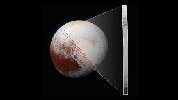
|
|||||

|
2016-05-27 | Pluto |
New Horizons |
LORRI |
971x855x1 |
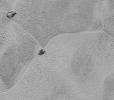
|
|||||

|
2016-06-01 | Pluto |
New Horizons |
MVIC |
2736x2944x3 |

|
|||||

|
2016-06-02 | Pluto |
New Horizons |
MVIC |
5000x7295x1 |

|
|||||

|
2016-06-09 | Pluto |
New Horizons |
LORRI MVIC |
2690x3412x3 |

|
|||||

|
2016-06-09 | Pluto |
New Horizons |
LORRI MVIC |
3600x2274x3 |
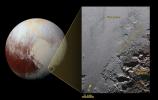
|
|||||

|
2016-07-14 | Pluto |
New Horizons |
1728x1011x1 | |
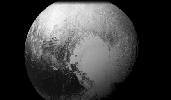
|
|||||

|
2016-08-31 | Pluto |
New Horizons |
MVIC |
6550x2775x3 |
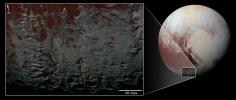
|
|||||

|
2016-08-31 | Pluto |
New Horizons |
MVIC |
1369x911x3 |
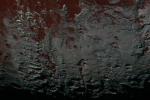
|
|||||

|
2016-09-14 | Pluto |
Chandra X-ray Observatory New Horizons |
LORRI SWAP |
5333x3658x3 |
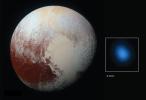
|
|||||

|
2016-10-18 | Pluto |
New Horizons |
LORRI MVIC |
1644x757x1 |
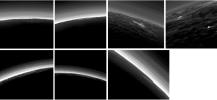
|
|||||

|
2017-01-19 | Pluto |
New Horizons |
MVIC |
5926x2963x3 |

|
|||||

|
2017-01-20 | Pluto |
New Horizons |
LORRI MVIC |
1728x1011x3 |
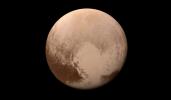
|
|||||

|
2017-03-24 | Pluto |
New Horizons |
LORRI MVIC |
3200x1800x3 |
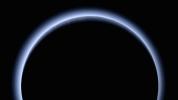
|
|||||

|
2017-07-14 | Pluto |
New Horizons |
LORRI MVIC |
2130x1065x3 |
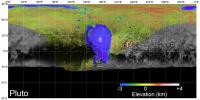
|
|||||

|
2017-07-14 | Pluto |
New Horizons |
LORRI MVIC |
2130x2130x3 |
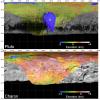
|
|||||

|
2017-07-14 | Pluto |
New Horizons |
LORRI MVIC |
2470x1374x3 |
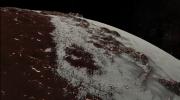
|
|||||

|
2017-09-06 | Pluto |
New Horizons |
LORRI MVIC |
2064x1326x3 |
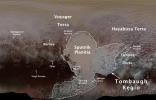
|
|||||

|
2017-09-28 | Pluto |
New Horizons |
1920x1271x3 | |
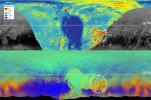
|
|||||

|
2017-09-28 | Pluto |
New Horizons |
LORRI MVIC |
985x554x3 |
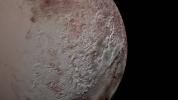
|
|||||

|
2017-07-19 | Kuiper Belt Object |
New Horizons |
LORRI MVIC |
559x345x3 |
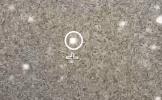
|
|||||

|
2008-02-28 | Io |
New Horizons |
MVIC |
600x300x3 |
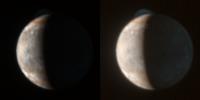
|
|||||

|
2015-07-15 | Hydra |
New Horizons |
LORRI |
1050x704x1 |
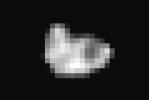
|
|||||

|
2016-05-06 | Hydra |
New Horizons |
MVIC |
2400x985x3 |
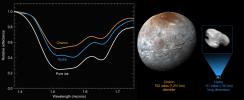
|
|||||

|
2005-08-03 | Eris |
Samuel Oschin Telescope |
3000x2250x3 | |
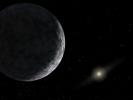
|
|||||

|
2005-08-03 | Eris |
Samuel Oschin Telescope Palomar Adaptive Optics System |
603x200x3 | |

|
|||||

|
2011-04-11 | Eris | 3000x2400x3 | ||
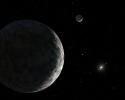
|
|||||

|
2015-06-22 | Charon |
New Horizons |
LORRI |
1024x768x3 |
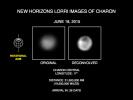
|
|||||

|
2015-07-01 | Charon |
New Horizons |
MVIC |
938x1458x3 |

|
|||||

|
2015-07-01 | Charon |
New Horizons |
LORRI MVIC |
1920x1080x3 |
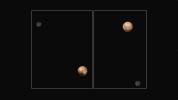
|
|||||

|
2015-07-10 | Charon |
New Horizons |
LORRI |
724x574x1 |
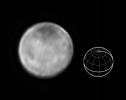
|
|||||

|
2015-07-15 | Charon |
New Horizons |
LORRI |
1050x794x3 |
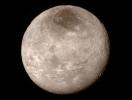
|
|||||

|
2015-07-16 | Charon |
New Horizons |
LORRI |
1920x1080x3 |
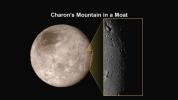
|
|||||

|
2015-07-30 | Charon |
New Horizons |
LORRI |
9520x4760x1 |
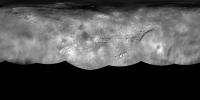
|
|||||

|
2015-09-10 | Charon |
New Horizons |
LORRI |
1250x1250x1 |
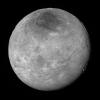
|
|||||

|
2015-10-01 | Charon |
New Horizons |
LORRI MVIC |
1621x907x1 |
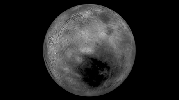
|
|||||

|
2015-10-01 | Charon |
New Horizons |
MVIC |
3000x3000x3 |
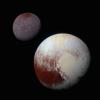
|
|||||

|
2015-10-01 | Charon |
New Horizons |
LORRI MVIC |
2288x3000x3 |

|
|||||

|
2015-10-01 | Charon |
New Horizons |
LORRI MVIC |
2000x2000x3 |
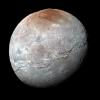
|
|||||

|
2015-10-29 | Charon |
New Horizons |
LEISA LORRI |
2416x1266x3 |
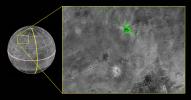
|
|||||

|
2016-02-18 | Charon |
New Horizons |
LORRI |
3600x1951x3 |
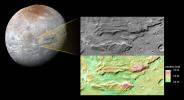
|
|||||

|
2016-10-18 | Charon |
New Horizons |
LORRI |
617x342x1 |
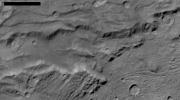
|
|||||

|
2016-10-18 | Charon |
New Horizons |
LORRI MVIC |
2378x1518x1 |
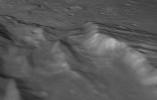
|
|||||

|
2017-01-19 | Charon |
New Horizons |
MVIC |
1058x1272x1 |

|
|||||

|
2017-07-14 | Charon |
New Horizons |
LORRI MVIC |
2130x1074x3 |
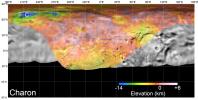
|
|||||

|
2017-07-14 | Charon |
New Horizons |
LORRI MVIC |
2470x1374x3 |
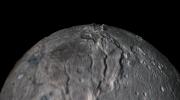
|
|||||

|
2018-04-11 | Charon |
New Horizons |
2380x1056x3 | |
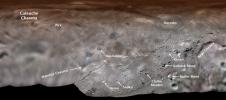
|
|||||

|
2016-08-15 | Ceres |
Dawn |
Framing Camera |
1024x1024x1 |
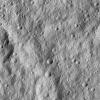
|
|||||

|
2005-09-07 | Ceres |
Hubble Space Telescope |
Advanced Camera for Surveys |
250x250x3 |
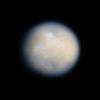
|
|||||

|
2016-08-08 | Ceres |
Dawn |
Framing Camera |
1024x1024x1 |
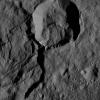
|
|||||

|
2016-08-03 | Ceres |
Dawn |
2560x1440x3 | |
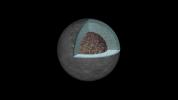
|
|||||

|
2013-12-03 | Ceres |
Dawn |
3600x3600x3 | |
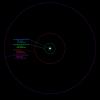
|
|||||

|
2013-12-03 | Ceres |
Dawn |
4096x2731x3 | |
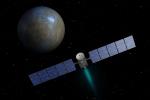
|
|||||

|
2013-12-03 | Ceres |
Dawn |
800x600x3 | |
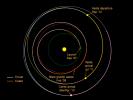
|
|||||

|
2014-01-22 | Ceres |
Herschel Space Observatory |
1894x1367x3 | |
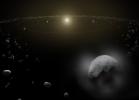
|
|||||

|
2014-01-22 | Ceres |
Herschel Space Observatory |
647x612x3 | |
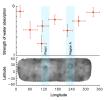
|
|||||

|
2014-04-24 | Ceres |
Mars Science Laboratory (MSL) |
Mastcam |
768x576x1 |

|
|||||

|
2014-12-05 | Ceres |
Dawn |
Framing Camera |
1571x1028x1 |
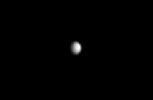
|
|||||

|
2014-12-05 | Ceres |
Dawn |
Framing Camera |
1024x1024x1 |
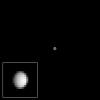
|
|||||

|
2015-01-19 | Ceres |
Dawn |
Framing Camera |
1024x1024x1 |

|
|||||

|
2015-01-19 | Ceres |
Dawn |
Framing Camera |
500x500x1 |
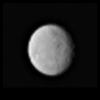
|
|||||

|
2015-01-19 | Ceres |
Dawn |
Framing Camera |
381x384x1 |
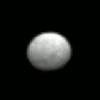
|
|||||

|
2015-01-19 | Ceres |
Dawn |
VIR |
2173x1417x3 |

|
|||||

|
2015-01-27 | Ceres |
Dawn |
Framing Camera |
600x600x1 |
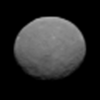
|
|||||

|
2015-01-27 | Ceres |
Dawn |
Framing Camera |
600x600x1 |
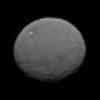
|
|||||

|
2015-01-27 | Ceres |
Dawn |
Framing Camera |
1024x1024x1 |

|
|||||

|
2015-02-05 | Ceres |
Dawn |
Framing Camera |
638x476x1 |
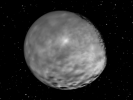
|
|||||

|
2015-02-05 | Ceres |
Dawn |
Framing Camera |
833x787x1 |
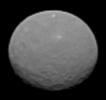
|
|||||

|
2015-02-06 | Ceres |
Dawn |
Framing Camera |
441x417x1 |
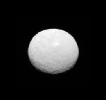
|
|||||

|
2015-02-12 | Ceres |
Dawn |
Framing Camera |
1024x1024x1 |

|
|||||

|
2015-02-17 | Ceres |
Dawn |
Framing Camera |
2763x1335x1 |
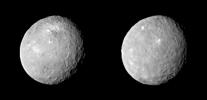
|
|||||

|
 |
 |
 |
 |
 |
 |
 |
 |
 |

|
| 1-100 | 101-200 | 201-300 | 301-400 | 401-500 | 501-600 | 601-700 | 701-800 | 801-900 |
| Currently displaying images: 101 - 200 of 817 |